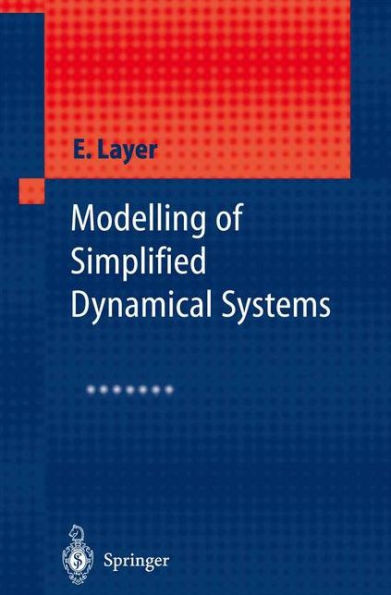5
1
9783642628566



Modelling of Simplified Dynamical Systems / Edition 1 available in Hardcover, Paperback

Modelling of Simplified Dynamical Systems / Edition 1
- ISBN-10:
- 3642628567
- ISBN-13:
- 9783642628566
- Pub. Date:
- 11/05/2012
- Publisher:
- Springer Berlin Heidelberg
- ISBN-10:
- 3642628567
- ISBN-13:
- 9783642628566
- Pub. Date:
- 11/05/2012
- Publisher:
- Springer Berlin Heidelberg

Modelling of Simplified Dynamical Systems / Edition 1
$109.99
Current price is , Original price is $109.99. You
109.99
In Stock

Product Details
| ISBN-13: | 9783642628566 |
|---|---|
| Publisher: | Springer Berlin Heidelberg |
| Publication date: | 11/05/2012 |
| Edition description: | Softcover reprint of the original 1st ed. 2002 |
| Pages: | 171 |
| Product dimensions: | 6.10(w) x 9.25(h) x 0.01(d) |
From the B&N Reads Blog
